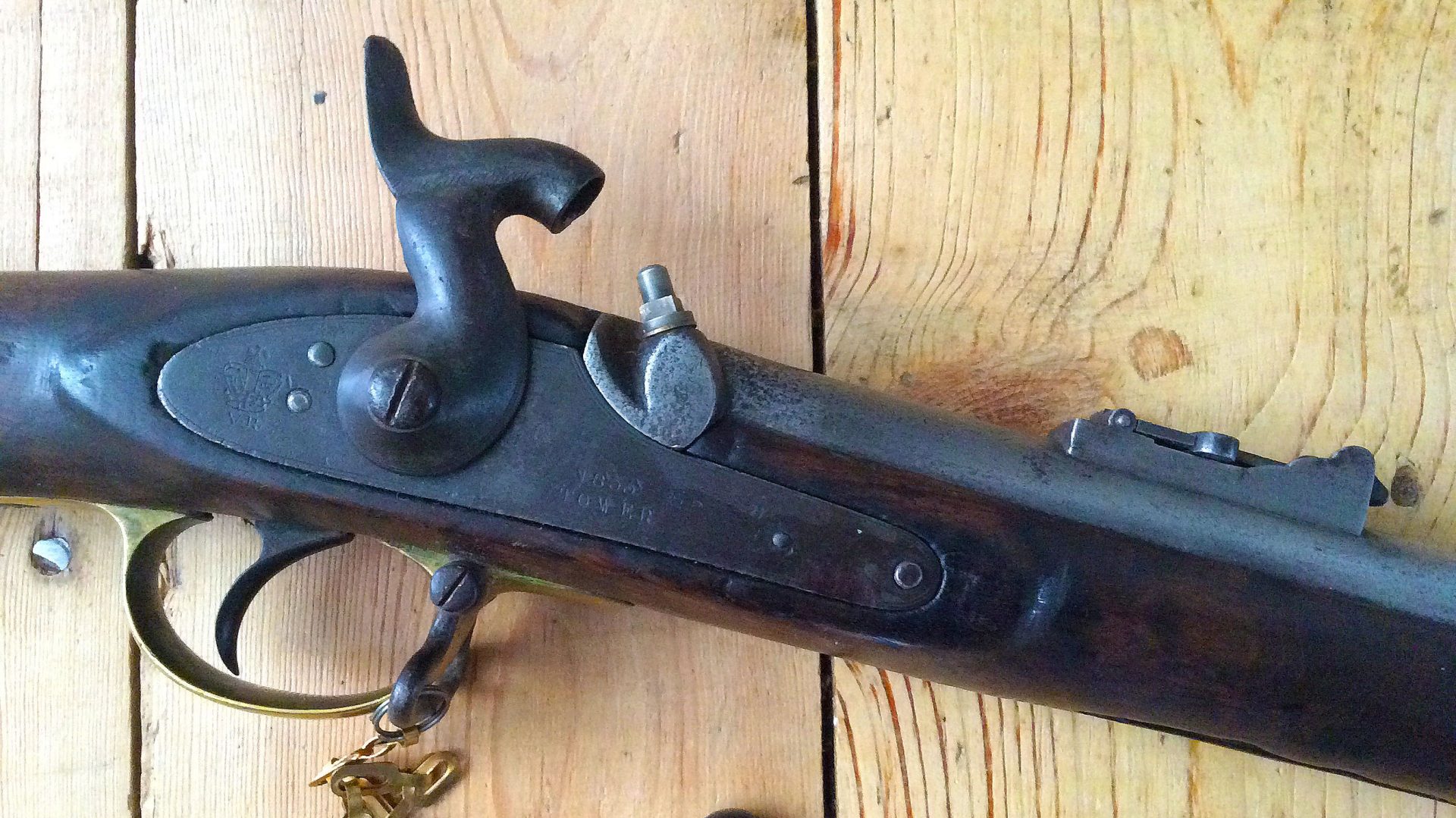URGENT SAFETY NOTICE
Clearing and inspection of firearms
Following two recent very serious safety breaches, each involving a live round being fired in error and not on a range, the NRA is sending this notice to all range users in the UK that we are able to contact. Club secretaries are requested to redistribute the notice to members.
Operation in the controlled environment of a rifle range is remarkably safe, considering the potentially lethal nature of our activities. It is, however, down to Safe Shooter and Safe Practice rather than Safe Place, that live firing remains within the confines of a range and its danger area. To that end, the unload and inspection drills set out in NRA Safety Rules (paragraph 122 NRA Handbook) are critical in ensuring that no firearm leaves the range with a live round in it. Para 122 is reproduced below.
Please read it with care and think through how it applies to your range activity.
Related matters to note
An empty chamber indicator (breech flag) is exactly that, and no more. It shows that there is no round in the chamber. It does not show that there is no round in the action body or magazine. So, inserting a flag will tell you if there is a live round in the chamber, because the flag won’t go in. It will not tell you that firearm is unloaded.
It is extremely difficult to see through the loading port into the deeply recessed chamber of several types of modern rifle. The Remington 700 action is possibly the most difficult in that respect, though the issue is also significant for the Swing action and its several derivatives. If you have a rifle with that feature, it is your duty to look with care. Take the bolt out and look from the rear, or use a torch or insert a flag.
Having examined its responsibilities, the NRA intends that future occurrences where there is a risk to public safety will be reported to the police.
_______________________________________________________________
122 Inspection of Firearms and Magazines
a Firer’s responsibilities
The firer is responsible for ensuring both that his firearm is clear and that it is independently inspected in accordance with this rule before it is removed from the firing point. The action of “unloading” in this rule requires that, before inspection, such of the following actions as are possible and within the designers’ intent for the firearm type have been carried out:
i Safety catch applied.
ii Magazine removed.
iii Integral magazine / cylinder emptied.
iv Chamber and action cleared of rounds, misfires and empty cases.
v Working parts fully open and locked.
The formal unload procedure for a Service Rifle may require additional steps after the inspection. Any firer who fails to present his firearm for inspection whether called to do so or not, or who presents his firearm for inspection in an unsafe condition, may be considered as “acting in a way that might prove dangerous” and be dealt with as in Para 546.
b Person Designated to Inspect
The responsibility to carry out inspections falls to a specific individual. By default, the inspection should be carried out by the CRO or a member of the range staff to whom the CRO delegates the responsibility. The following concessions are permitted, subject to any overriding instruction by the CRO or range staff:
i In a team event where a coach is present on the firing point, the coach may carry out the inspection.
ii In individual competition, or in team competition if no coach is present, the register keeper may carry out the inspection.
iii Individuals outside competition may have their firearm inspected by any person sharing range space with them.
In all cases where a concession is invoked, the person inspecting must look down the barrel from the breech end and observe that the action and chamber are clear, and the firer must dismantle the firearm to the extent necessary to permit such observation. It remains the firer’s responsibility to ensure that the person inspecting does so.
c Procedure
On the conclusion of a shoot or stage, or on the order of the (C)RO, all firers must:
i unload their firearm and inspect the chamber, action, boltface and magazine (if one is fitted) to ensure that the firearm is clear,
ii if requesting inspection by a person other than the CRO or a range official, dismantle their firearm to the extent necessary to permit a clear view through the chamber and barrel,
iii present their firearm to the designated person on the firing point and have them inspect and confirm that the firearm is clear,
iv for a Service Rifle complete the unload in accordance with the current Service procedure,
v either keep the bolt removed or insert a breech flag (or both) for any bolt-action rifle, or carry out the equivalent procedure for other firearms (which may include casing in accordance with GR&P procedure)
before leaving the firing point and before anyone goes forward of the firing point.
d Comment
The practical results of the above rule are that any firearm other than a bolt-action or break-action firearm should for simplicity be inspected by the CRO or an official on his behalf, and that if a firer requires a bolt-action firearm to be inspected by anyone other than the CRO or an official on his behalf, the firer must remove the bolt.
|
